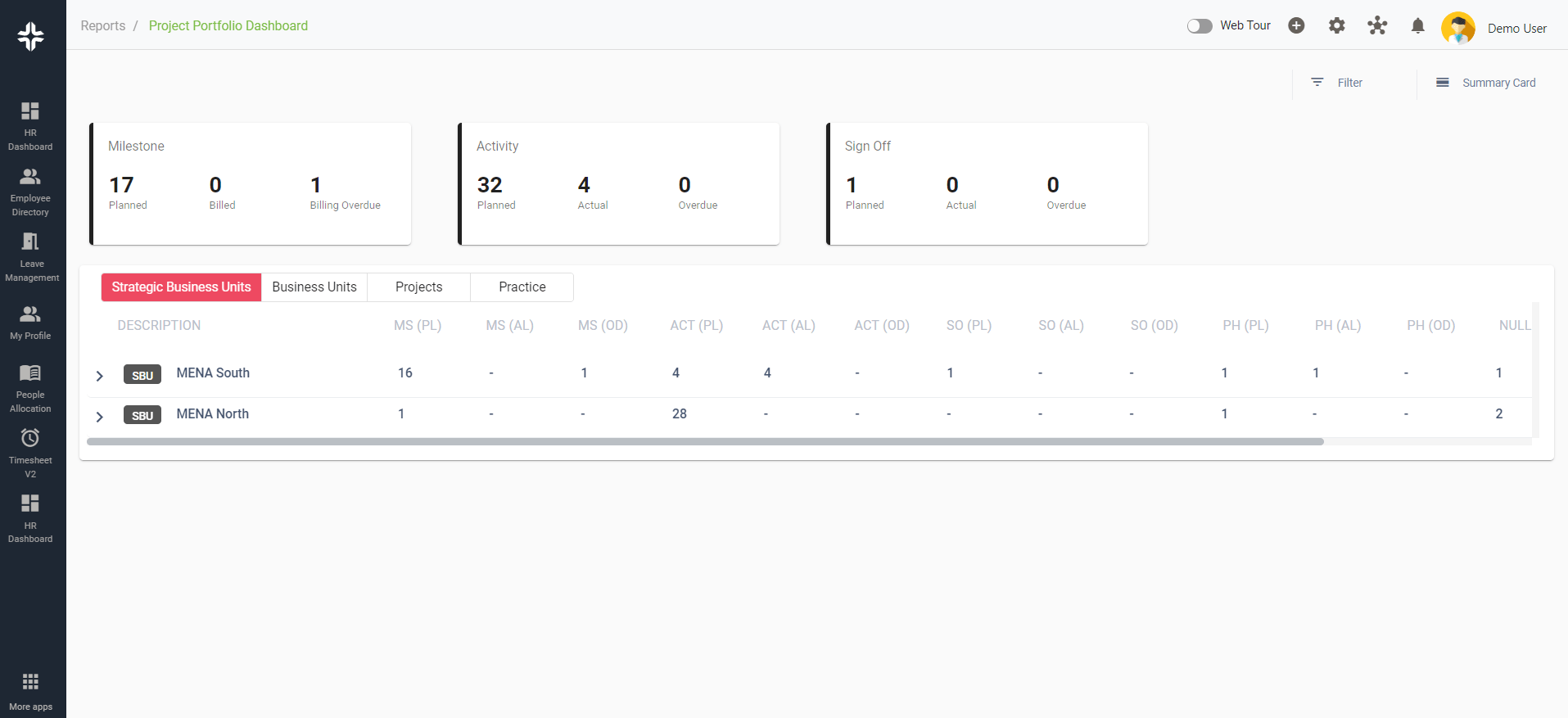Home » PSApedia
Cost Analysis Time
Gain Valuable Insights with Cost Analysis Time Tools. Streamline Expenses and Boost Profits.

What is Cost Analysis Time?
Cost Analysis Time (CAT) refers to the duration required to evaluate the financial implications of a particular project, product, or service. It’s the time taken to gather, analyze, and interpret cost data to make informed decisions. This metric is crucial for businesses to determine profitability, budgeting, and forecasting.
It involves breaking down and evaluating all expenses to determine the financial feasibility of an undertaking or to optimize budget allocation. By understanding costs in-depth, organizations can make informed decisions, prioritize resources, and predict future financial requirements.
The Importance of Cost Analysis Time
By showing how firms use their time, it helps them see if their services are worth the cost. PSA users can improve resource allocation, task prioritization, and operations by understanding the relationship between time spent and value created. This will lead to increased profitability and client satisfaction. Understanding the time taken for cost analysis is pivotal for several reasons:
- Efficiency: Quicker cost analysis means faster decision-making.
- Budgeting: Helps in accurate budget allocation and resource distribution.
- Profitability: Determines the viability and profitability of projects or products.
- Strategic Planning: Assists in long-term planning and forecasting.

Why Cost Analysis Time is so important?
Calculating Cost Analysis Time
The formula to calculate Cost Analysis Time is relatively straightforward:
CAT=Total Time Spent on Cost Analysis / Number of Analyses Conducted
Example: If a company spent 50 hours on cost analysis for 10 projects, the CAT would be:
CAT=50 hours/10=5 hours per project
Cost Analysis Time vs Other Metrics
People often compare Cost Analysis Time to other financial metrics.
- Cost Analysis Time vs Return on Investment (ROI): CAT looks at cost analysis time, while ROI measures investment profitability.
- Cost Analysis Time vs Break-Even Point: CAT calculates cost analysis time, while break-even point shows when costs match revenue.
Understanding the distinction between these metrics ensures that businesses use the right tool for the right purpose.
| Metric | Definition | Importance/Usage |
|---|---|---|
| Cost Analysis Time (CAT) | Time taken to analyze the costs associated with a project. | Faster CAT can lead to quicker decision-making in PSA. |
| First Response Time (FRT) | Time taken to first respond to a client’s request or issue. | Reflects the agility and responsiveness of services. |
| Project Completion Time (PCT) | Time taken to complete a project from initiation to closure. | Directly influences client satisfaction and project cost. |
| Resource Utilization Rate (RUR) | Percentage of resources (manpower, equipment) actively engaged in projects. | Indicates efficiency and capacity of service operations. |
| Invoice Processing Time (IPT) | Time taken to process client invoices after service delivery. | Speedier IPT can improve cash flows and financial health. |
Applications of Cost Analysis Time
By understanding the time taken for various tasks and processes, businesses can accurately determine the financial implications of their service delivery. This analysis helps companies use resources better, improve operations, and make better prices, leading to more profit and happier clients. Various business scenarios use it.
- Project Management: To determine the feasibility and profitability of projects. Learn more about project management here.
- Product Development: To assess the costs involved in developing a new product.
- Service Pricing: To price services competitively while ensuring profitability.
- Financial Planning: Assisting in financial management and forecasting.
Ready to Optimize Your Cost Analysis Time?
KEBS, a leading PSA Software, offers tools that can significantly reduce Cost Analysis Time. With its intuitive interface and robust analytics, businesses can quickly gather and interpret cost data. This not only speeds up decision-making but also enhances accuracy.
- Automated Data Collection: Eliminate manual data entry, reducing errors and saving time.
- Real-time Analytics: Get instant insights without waiting for end-of-month reports.
- Integration with Other Modules: Seamlessly integrate cost analysis with resource management, deal management, and more.

KEBS PMO Dashboard
Ready to optimize your Cost Analysis Time? Contact KEBS today or request a demo to see how KEBS can transform your financial analysis process.



